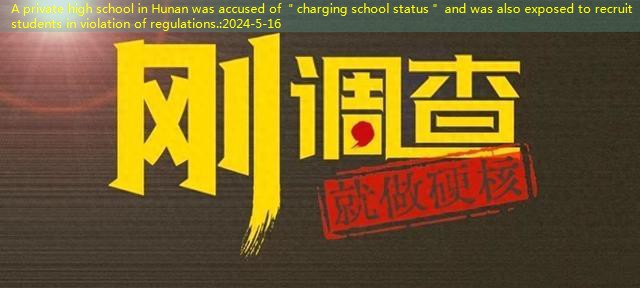Introduction:
In the fall of 2003, the state of California experienced one of its most disastrous and devastating wildfires in history. Known as the Cedar Fire, this catastrophic event burned across San Diego County, leaving behind a trail of destruction and sparking both fear and determination within the affected communities. With its relentless ferocity and enormous scale, the Cedar Fire brought widespread attention to the dangers of wildfires and prompted dramatic efforts in firefighting and prevention strategies.
Body:
Spanning from October 25th to November 5th in 2003, the Cedar Fire quickly became one of the most destructive wildfires California had ever witnessed. It started in the Cleveland National Forest, east of San Diego, and rapidly spread across multiple towns and communities. The fire’s origin was traced back to an injured hunter who lit a signal fire to seek help, unknowingly igniting the dry and brittle vegetation that acted as fuel-ready tinder in the region.

Fueled by strong Santa Ana winds, the Cedar Fire quickly grew in intensity and size, consuming more than 280,000 acres of land. The unrelenting flames devoured vast stretches of wildland, including residential neighborhoods, commercial structures, and even parts of the Cleveland National Forest itself. Harrowing images of charred landscapes and engulfed homes flooded media outlets, leaving the nation in shock and awe at the sheer magnitude of the destruction.
The impact on local communities was overwhelming. The Cedar Fire claimed the lives of 15 individuals, including one firefighter, and left more than 2,200 others injured. Tens of thousands of residents were forced to evacuate their homes, seeking refuge in emergency shelters or with friends and family. The fire also caused extensive damage to infrastructure, including power lines and roadways, further hindering rescue and aid efforts.
Facing this unprecedented crisis, firefighters and emergency personnel from across California and neighboring states rallied together to battle the inferno. Over 5,000 firefighters tirelessly fought the raging flames, employing aerial attacks, ground operations, and backburning techniques to contain and suppress the blaze. These valiant efforts helped protect countless lives and properties, showcasing unparalleled bravery and heroism in the face of danger.
In the aftermath of the Cedar Fire, the focus shifted towards recovery and prevention. The disaster prompted comprehensive reviews of firefighting strategies, land management practices, and evacuation procedures. Heightened attention was given to creating fire-wise communities, emphasizing the importance of fire-resistant building materials and landscaping techniques. Additionally, the fire led to increased awareness and discussions regarding climate change and its role in intensifying wildfires.
Conclusion:
The Cedar Fire of October 2003 stands as a tragic reminder of the destructive power of nature and the need for continuous vigilance and preparedness. Through the incredible bravery of firefighters and the resilience of affected communities, this devastating event spurred action, prompting improvements in firefighting techniques and prevention strategies. Although the scars from the Cedar Fire remain visible, its legacy serves as a constant reminder of the importance of fire safety and the unity required in the face of adversity.
















